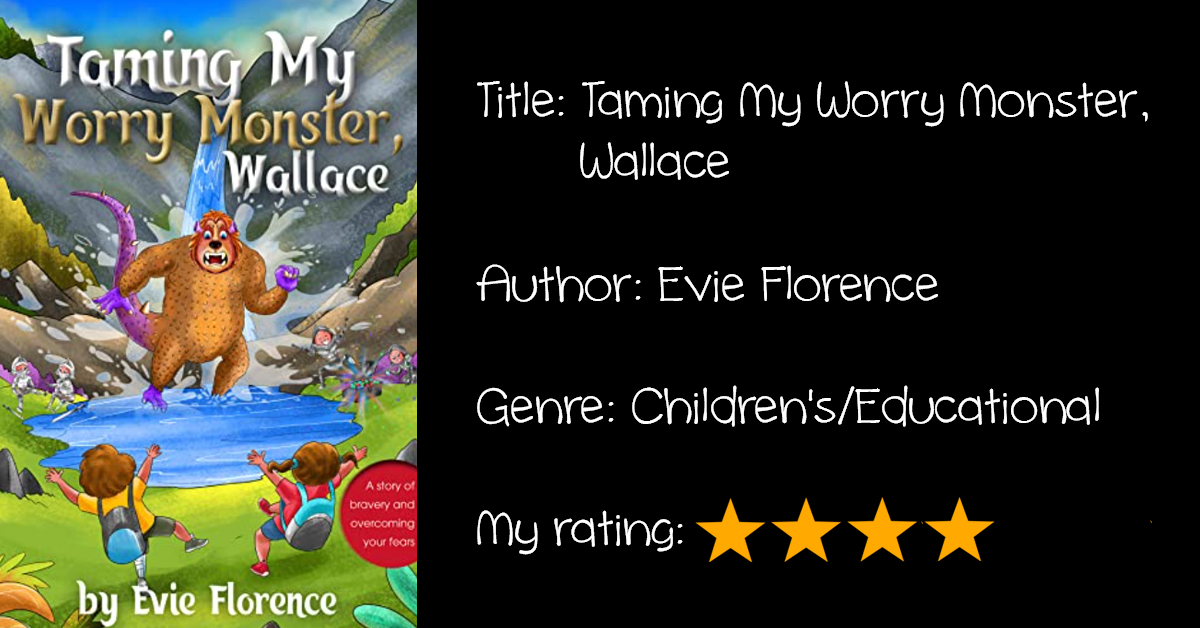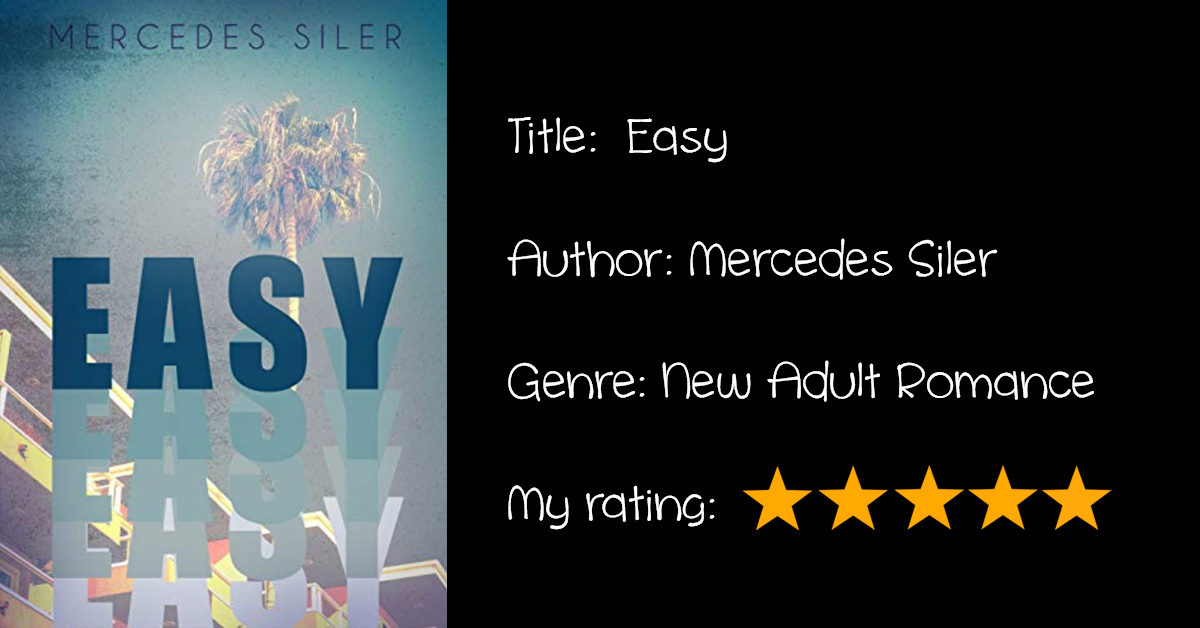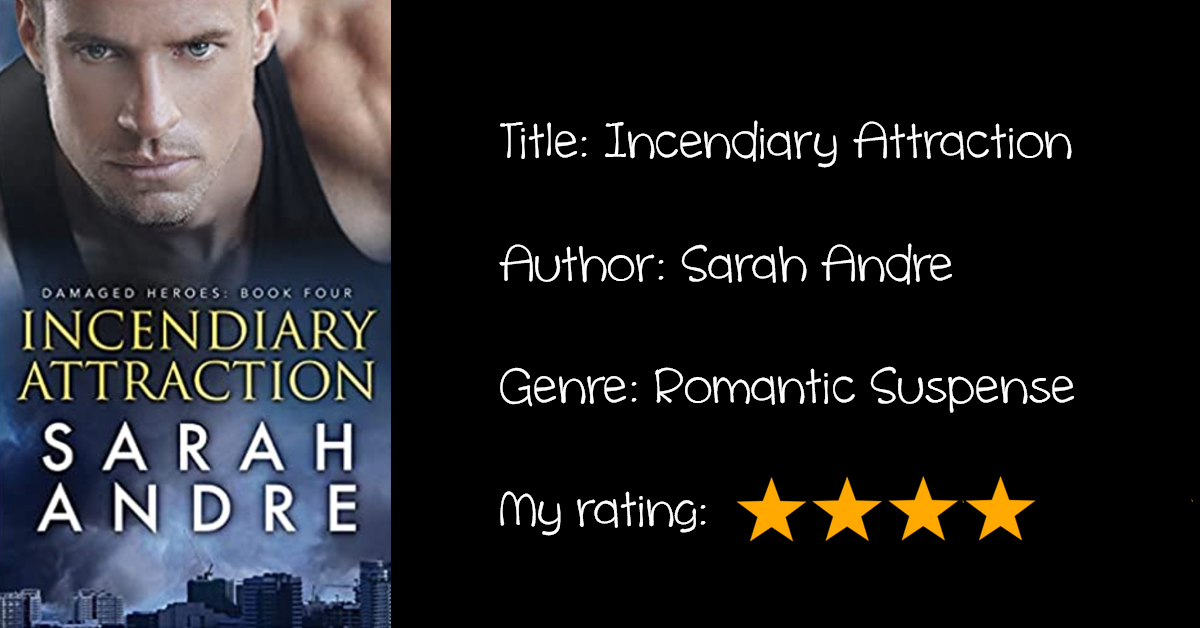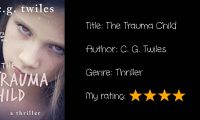Review: “Taming My Worry Monster, Wallace”
A sweet children’s book of bravery and triumph that has a lasting positive message
This was my thirty-ninth book I chose via the Reedsy Discovery program, for which I am the single approved reviewer for this new book. This review also appears on Reedsy.
If you’re interested in becoming a Reedsy reviewer (and have the chance to get paid “tips” to review books!) check it out here.
The Premise
An inspiring and entertaining magical adventure about two siblings who go in search of an emerald to tame the Worry Monster — but do they need this external magic, or is the magic already inside them? Using cognitive behavioural therapy (CBT), it supports children’s development and helps to manage their anxiety.
The Pros & Cons
This was a sweet children’s book of bravery and triumph that has a lasting positive message.
Levi is afraid of the Worry Monster that has him going to sleep scared and waking up worried. He sees the monster outside his window, but his mother doesn’t see it. However, she tells him about advice she got from his Grand Granny:
“Face your fears head on, and don’t you ever run away. Look for the magic emerald in the deep green forest, to keep your Worry Monster at bay.”
With the help of his sister Luna, Levi embarks on a journey to find the emerald to tame his Worry Monster. Their journey forces them to be brave — along a long trail, to a cave in a forest. During their adventure, he feels worried and anxious, and finally has to confront his fears by attacking the monster with his robotic leg.
Notably, there are parts that rhyme and parts that don’t. Also, there were a couple of minor errors e.g. “rug sacks” instead of “rucksacks”, and some comparisons that rang a bit odd e.g. “Your brain is like a washing machine” (because you always want to worry).
However, overall I really liked the consistency with mostly four-line stanzas/paragraphs, the curly words for emphasis, the adjectives paired with the verbs and adverbs, and the alliteration throughout e.g. “dreadfully dangerous”, “meandered moodily”, and “sharp shiny”. I also appreciated that there is a mix of big and small words — this helps children to explore and build their vocabulary skills. Finally, I liked the inclusion of a diverse character like Levi with his robotic leg that saved the day.
Overall, the story helps children understand that anxiety and worry are experiences that are necessary to overcome, but they do not need external magic to do so — the power lies within them:
“Did I even need to find the treasure chest, or the emerald deep in the cave? Did I need to have such an adventure, or did I just need to look inside myself and be brave?”
Conclusion
This was a good read for young children, with colourful illustrations and mostly easy-to-read words. I would recommend to readers between 3 and 8, but it can be enjoyed by everyone. The story charts the journey of a child to face his fears and overcome them, which is an important part of cognitive behavioural therapy (CBT) that can help children to manage their anxiety. I look forward to other books by this author.








